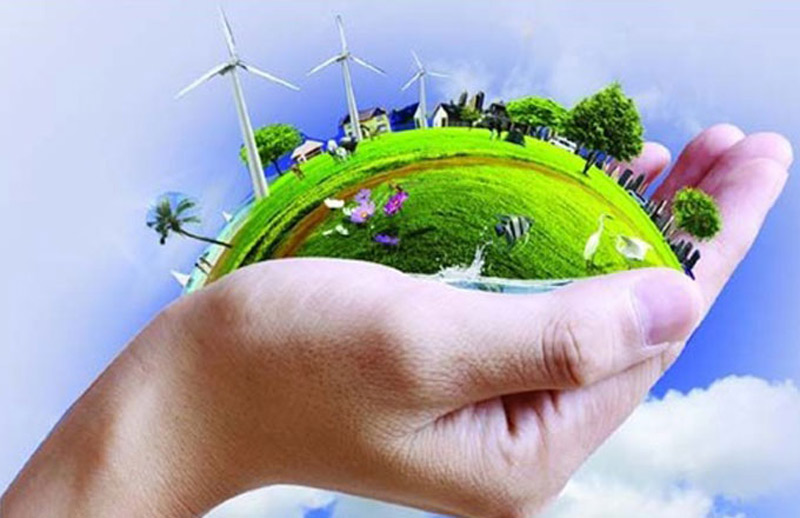Cuban province carries out economic valuation of ecosystems
- Written by Yenny Torres
- Published in Holguin
- Hits: 1233

The Ecovalor Project (GEF / UNDP), "Incorporating multiple environmental considerations and their economic implications in the management of landscapes, forests and productive sectors in Cuba" includes Holguín among the five participating provinces.
In order to promote the generation of environmental benefits, the project uses the economic valuation (EV) of ecosystem goods and services (BSE) as a tool for decision-making at different levels.
Dr.C Roberto Guillermo Rodríguez Córdova, from the University of Holguín, performs essential calculations to advance.
“We have the responsibility of developing EV within this project. There was no policy in the country that would allow us to know what an analysis of this type implies.
Since 2015, the University began a joint work between the Ministry of Science, Technology and Environment (Citma) and the Ministry of Higher Education (MES) that allows acting on the assessment, based on events occurred on the Island, such as hurricanes.
“We based our work on one of these events that passed through the area of Santiago de Cuba and where the first secretary of the Central Committee of the Communist Party of Cuba, Raúl Castro, was concerned about the economic impact suffered by the environment as a result of the impact of the hurricane”.
How is the economic valuation of an ecosystem carried out?
There is not always a market price response, so other methods have emerged to determine, such as the Contingent Valuation Method, Travel Cost Method and others that allow criteria in this regard.
Work is a basis for any investment made. Unfortunately, sometimes we make an investment without thinking about its impact on the ecosystem. The International Project helps us with this and therefore the University has the responsibility not only of the economic valuation at this stage, but also of the training of the personnel, as the technical specialists must master the subject.
In the National Project being concluded, we carried out the study in the protected area of Caletones, where an enforcement level has already been achieved. It will follow the area from Guardalavaca to Antilla.
The work has particular characteristics. We first carried out a research that we named ex-ante (ex-before), which consists of knowing the ecosystem, its flora, fauna and composition. Then it follows the phase related to environmental impact studies, effects and damages that occur in the face of certain factors, which can be meteorological (hurricane, storm) or those caused by investments.
After studying these elements, which are their effects?
We include both the economic valuation of the ecosystem without having any affectation as if any occur, which serves to determine actions to be taken in the recovery of an environmental damage occurred.
Research and investment ...
“Research results not always are applied in practice. Sometimes the response of the institutions integrates the list of weaknesses together with the preparation of the personnel in charge of carrying out the investment, as they are not prepared to understand a group of aspects related to science. We think more about income than the benefits of the balance that allows us to develop economically without affecting the environment.
This is a project focus mostly on the marine-coastal ecosystem, but in the study areas there are also agro-productive zones, where we have not appreciated so far its level of implementation in tourism-related activities. I think there are conditions to reach higher stages. Tourism is essential, that is why we have already started with the creation of the Department of Coastal Management and projects aimed at this area.
